Chi Lang Street (Hue City) is one of the oldest streets, containing many cultural quintessence of the ancient capital. Walking along Chi Lang ancient street, visitors not only feel the imprint of many temples and pagodas with bold Chinese architectural style such as Chieu Ung temple, Dieu Quang pagoda... with the beauty of both ancient garden house architecture mixed with typical architecture of the French colonial period, but also discover the diversity and attractiveness of Hue cuisine .
On this street built in the 19th century, there are dozens of shops selling Hue beef noodle soup, from street vendors to small roadside shops. This is a destination for many Hue people, and the address that many diners often visit is the noodle shop of Ms. Nguyen Thi Thu (65 years old) at 237 Chi Lang Street.
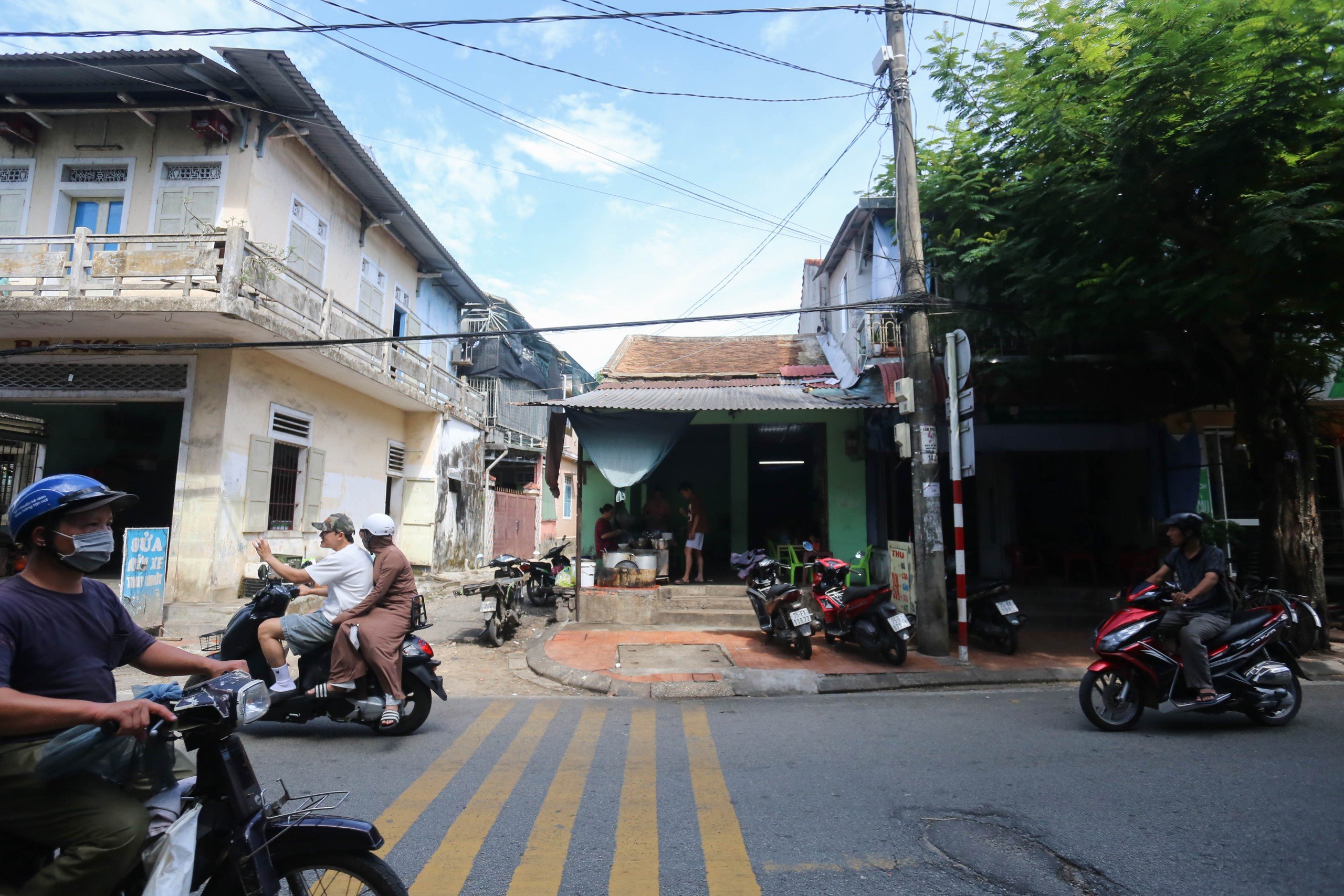
Mrs. Thu's Hue beef noodle shop at 237 Chi Lang street (Hue city)
PHOTO: LE HOAI NHAN
Customers who visit Mrs. Thu’s Hue beef noodle shop are mostly locals, workers or small traders in big markets such as Con - Gia Hoi market, Dong Ba market… The shop opens very early, with a few simple tables and chairs, and is always crowded. For many people, eating noodles here has almost become a daily habit.
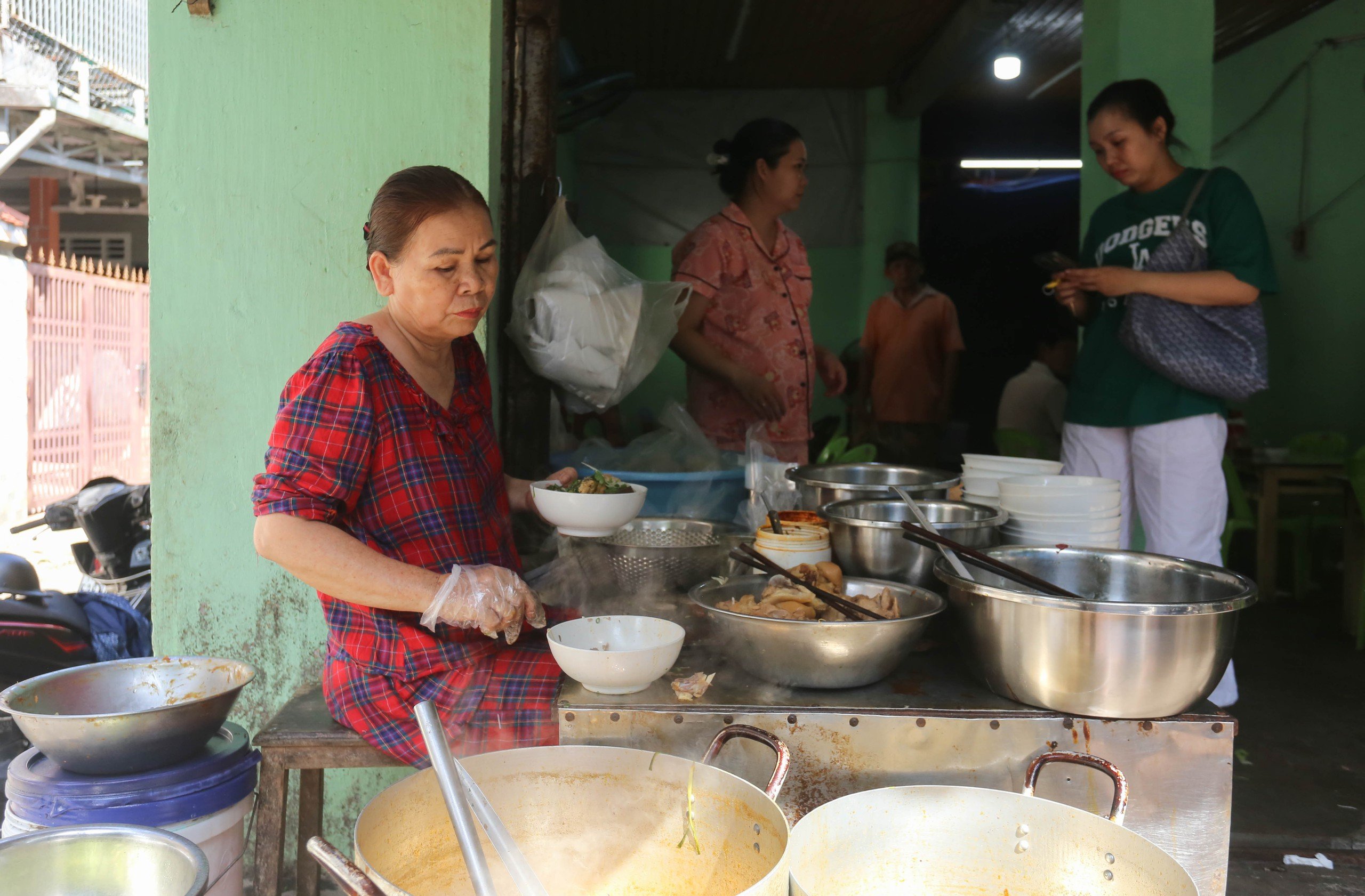
The shop opens at 6am and is always crowded.
PHOTO: LE HOAI NHAN
"Nowadays, there are many places selling beef noodle soup, with all kinds and flavors. But to be honest, in the memory of someone who was born and raised in Hue like me, Mrs. Thu's beef noodle soup has a very different soul. The flavor is rich, the broth is authentic with the aroma of lemongrass and typical shrimp paste, and it's delicious," Mr. Tran Van Du (70 years old, a resident of Hue City) praised.
Mrs. Thu shared that she has been following her mother’s footsteps in the beef noodle business for over 36 years. She has also applied the entire noodle recipe from what her mother passed down and preserved until now.
"In the past, my mother sold vermicelli with a street stall on this ancient street of Chi Lang, then passed the profession on to me. The vermicelli recipe I learned from my mother, everyone praised it as delicious so I still keep it the same, without changing anything," said Ms. Thu.
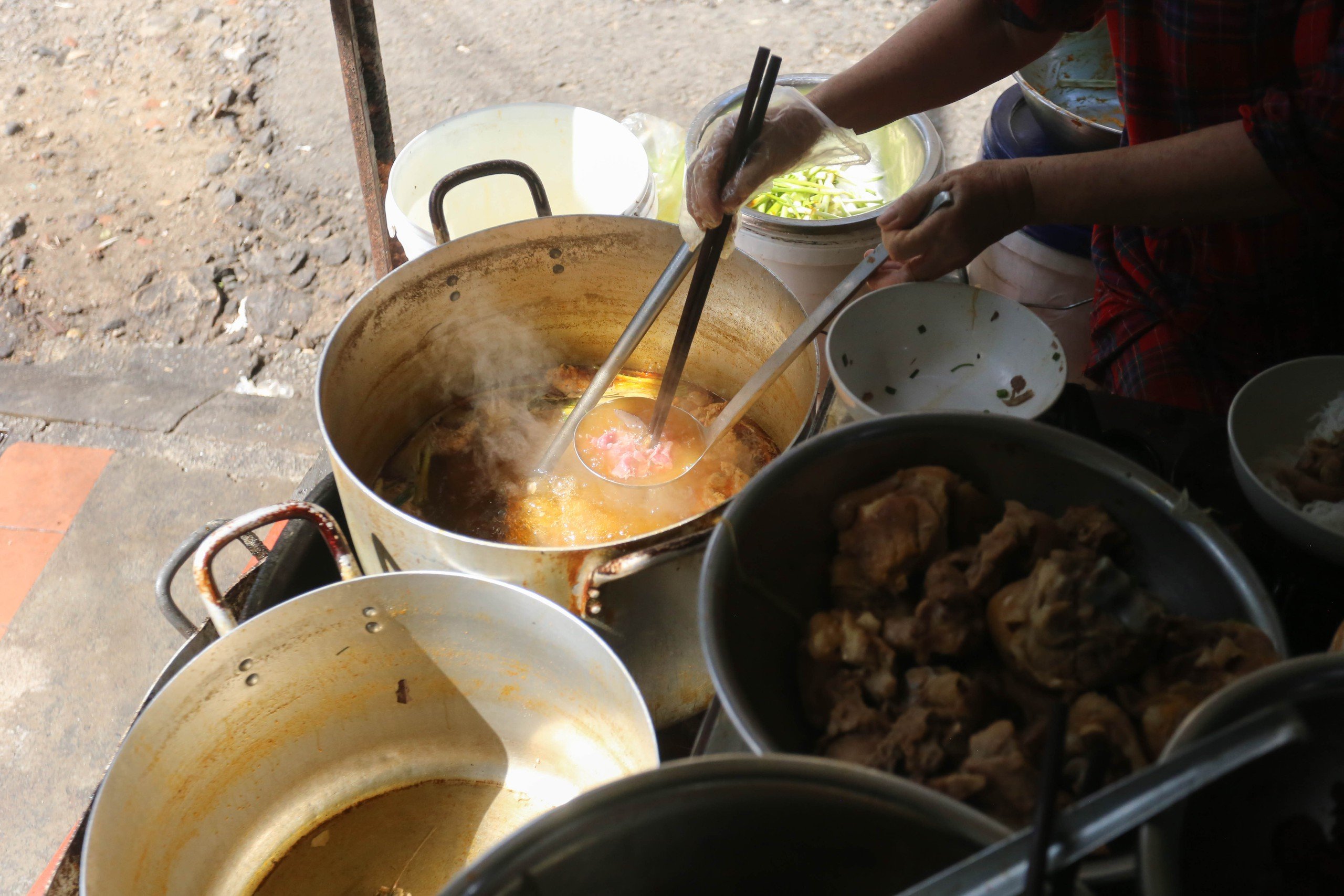
The broth pot at Mrs. Thu's noodle shop
PHOTO: LE HOAI NHAN
To make a pot of "standard" noodles, every day Mrs. Thu wakes up at 2am to go to the market to choose fresh beef, then simmers beef bones with shrimp paste, lemongrass, and chili to create a natural sweetness for the broth. "The broth must be simmered from beef bones for many hours to have a natural sweetness, not just sweetness from the spices," Mrs. Thu said.
According to her, Hue shrimp paste is the "key" to creating the unmistakable flavor of Hue beef noodle soup. The shrimp paste is skillfully added to the broth, just enough to create a strong aroma without being fishy or too salty.
In addition, the broth cannot lack lemongrass and chili, crushed and fried with chili and annatto oil to create an eye-catching red-orange color and special aroma. This spicy flavor is not only from chili but also from lemongrass essential oil, making diners exclaim.
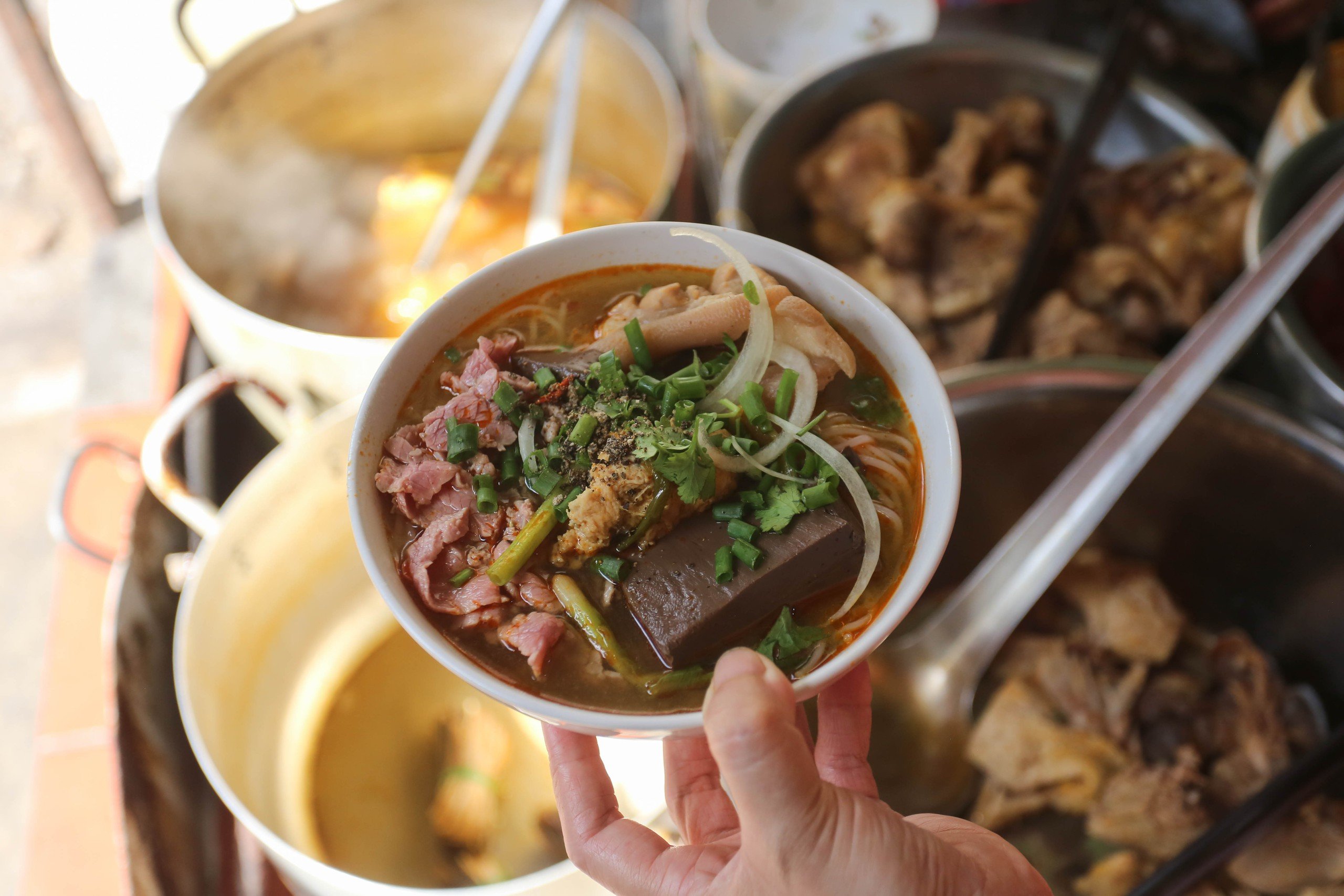
A full bowl of beef noodle soup is sold by Mrs. Thu for 40,000 VND.
PHOTO: LE HOAI NHAN
The beef noodle soup in Hue is also very different. The noodles are usually from Van Cu noodle village, not too big or too small, ivory white in color and moderately chewy. These noodles are made from rice flour, sometimes mixed with tapioca flour to create chewiness and prevent them from falling apart when poured into hot broth.
The sophistication of Hue culinary culture
A bowl of "standard" Hue beef noodle soup is a combination of a variety of ingredients including beef, pork leg, crab cake, pig's blood and raw vegetables.
Mr. Nguyen Van Tam (64 years old, a regular customer of Mrs. Thu's restaurant) said that Hue people eat beef noodle soup not only to fill their stomachs, but also to enjoy. The noodles must be eaten hot, with each spoonful of rich broth slurped up and a little lemon and sliced fresh chili added to enhance the flavor.
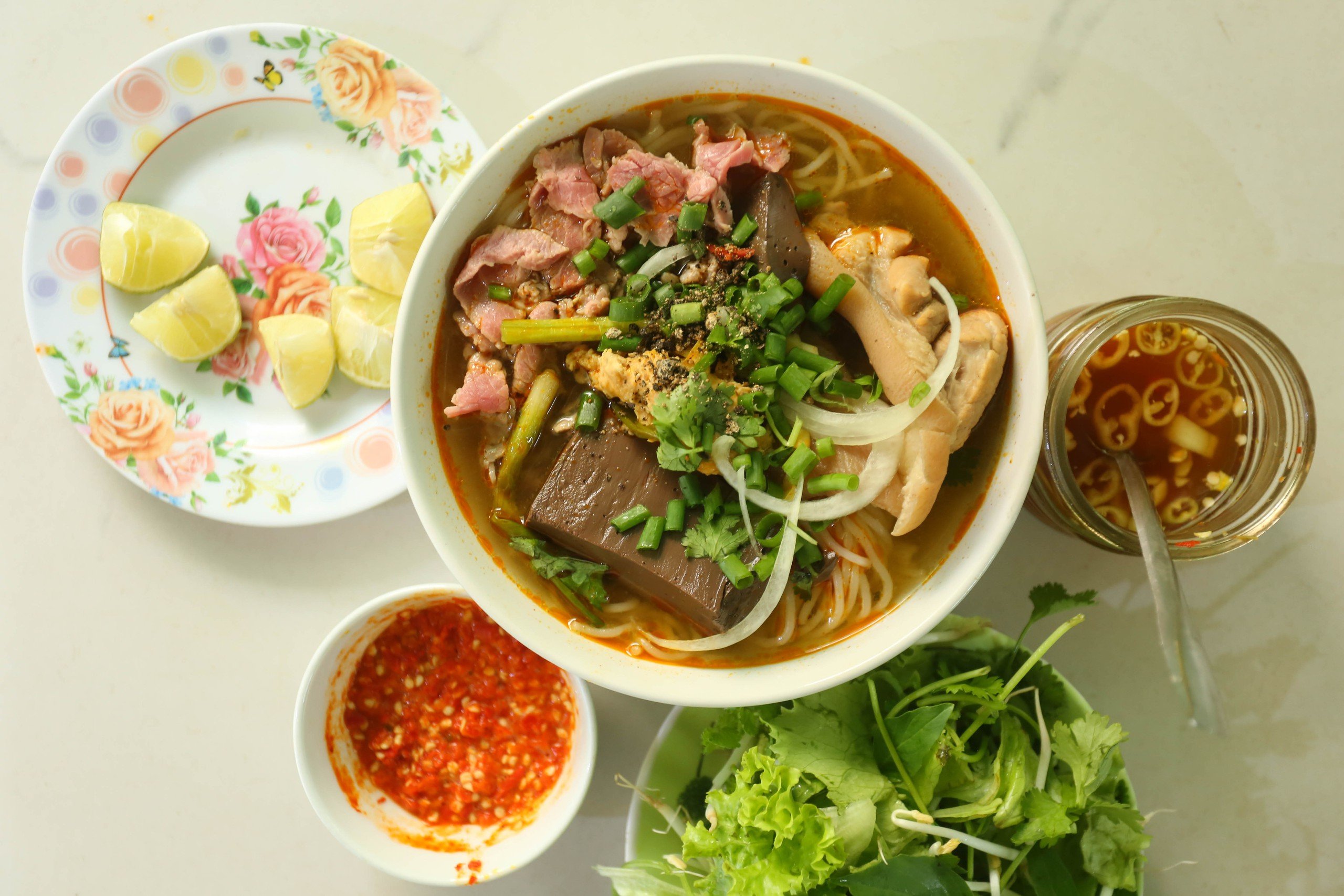
Hue people often eat beef noodle soup with chili and raw vegetables.
PHOTO: LE HOAI NHAN
Mr. Tam said: "I remember clearly the beef noodle stall of Mrs. Hoa (Mrs. Hoa - PV) at the beginning of my alley. Every morning, the cry "Who wants beef noodle soup?" echoed throughout the neighborhood. Mrs. Hoa carried two bamboo baskets, one side was a pot of steaming, fragrant broth, the other side was a basket of fresh noodles, raw vegetables and spices. Mrs. Hoa's broth was absolutely amazing. I don't know why, but the way she cooked it was clear, with the sweet taste of stewed bones, and the strong aroma of lemongrass and typical Hue shrimp paste. The broth was rich but not harsh, and after eating, the sweet aftertaste still lingered on the tip of my tongue. I ate at many places but I think that Mrs. Thu's (Ms. Thu - PV) restaurant here has the most authentic old taste."
For Mr. Tam, every morning, he inhales the rich aroma, then eats each chopstick of hot noodles, and feels strangely warm. Not just a dish, Hue beef noodle soup is also a part of his childhood memories, associated with clear mornings, the cries of the aunts and grandmothers, and the old-fashioned neighborhood love of many generations of Hue people.
On June 27, 2025, the heritage "Folk knowledge of Hue beef noodle soup" was officially listed as a national intangible cultural heritage, belonging to the category of folk knowledge. This is a worthy recognition of the historical, cultural, artistic and economic value of the typical dish imbued with the identity of the ancient capital.
Source: https://thanhnien.vn/quan-bun-bo-hue-chuan-vi-gan-4-thap-ky-tren-pho-co-chi-lang-185250707124613251.htm





![[Photo] General Secretary To Lam attends the 80th Anniversary of the Cultural Sector's Traditional Day](https://vphoto.vietnam.vn/thumb/1200x675/vietnam/resource/IMAGE/2025/8/23/7a88e6b58502490aa153adf8f0eec2b2)














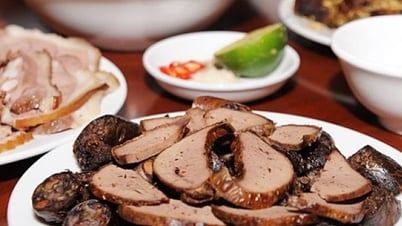




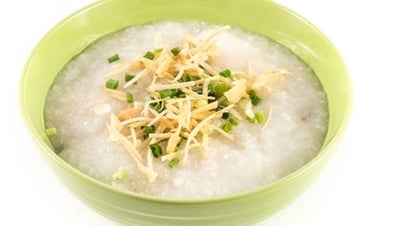
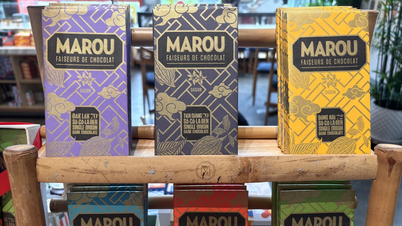
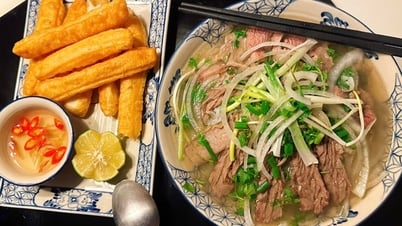

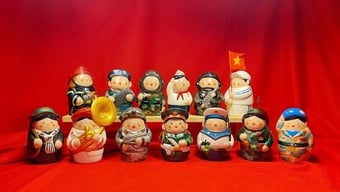
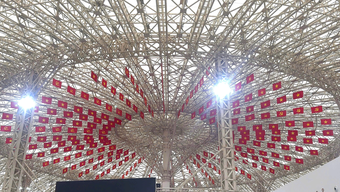








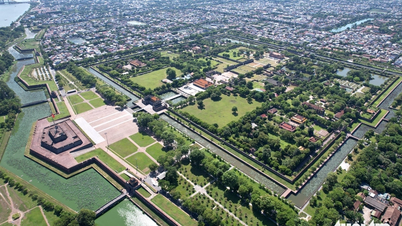




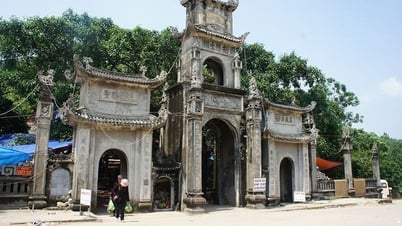
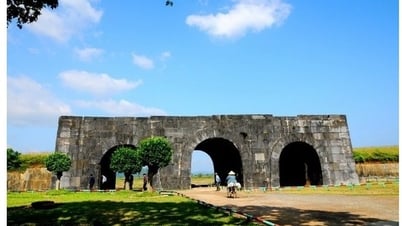
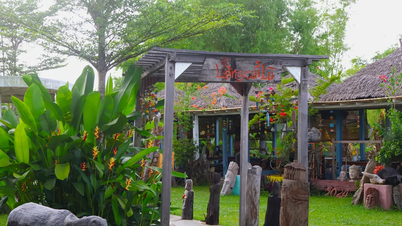


























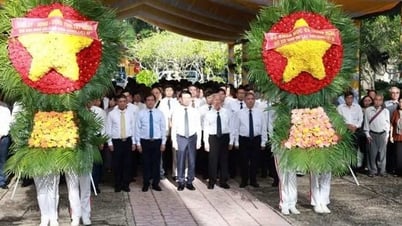








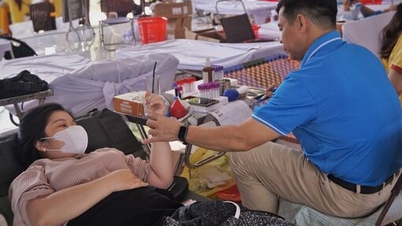

















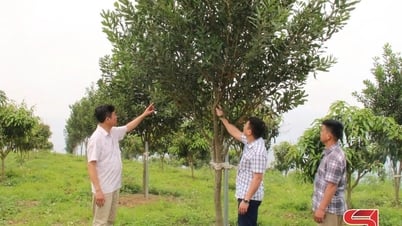




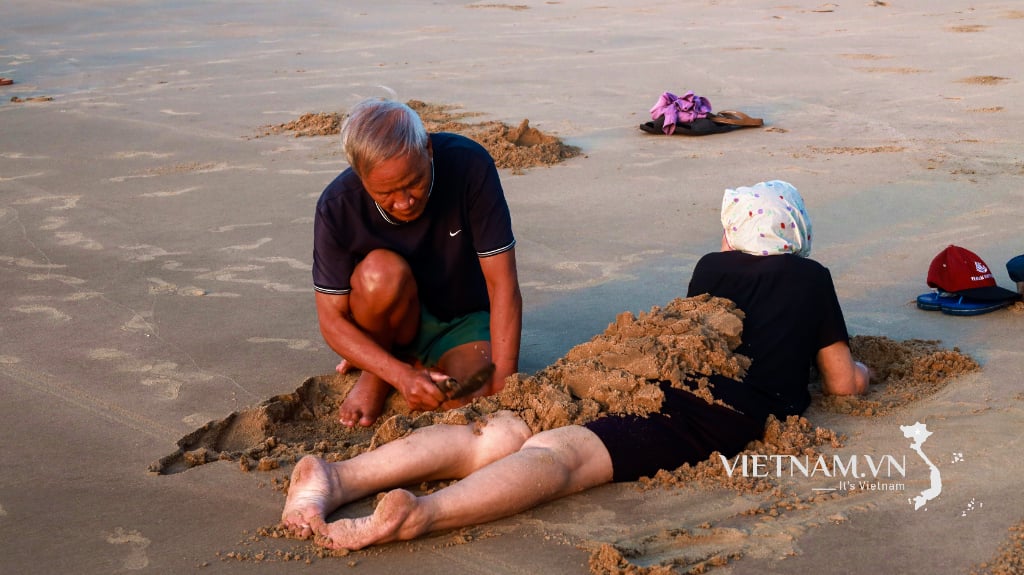

Comment (0)